Along with light, a fundamental skill to understand is how to use color in photography. It’ll lead to powerful and aesthetic images.
Importance of color in photography
Color and light go together because you need light to see colors. The colors you see come from wavelengths of reflected light.
Related: 5 tips for powerful close-up portraits
Painters, artists, and designers have a solid understanding of how to use colors. It allows them to create masterpieces. As a photographer, you can use the same knowledge to your benefit.
Color plays a crucial role because it can express stories and communicate at an emotional level.
The emotional component is what you must emphasize when you’re intentionally using colors in your photos. It’s what makes a photograph feel vibrant, vivacious, intriguing, or even gloomy and dismal.
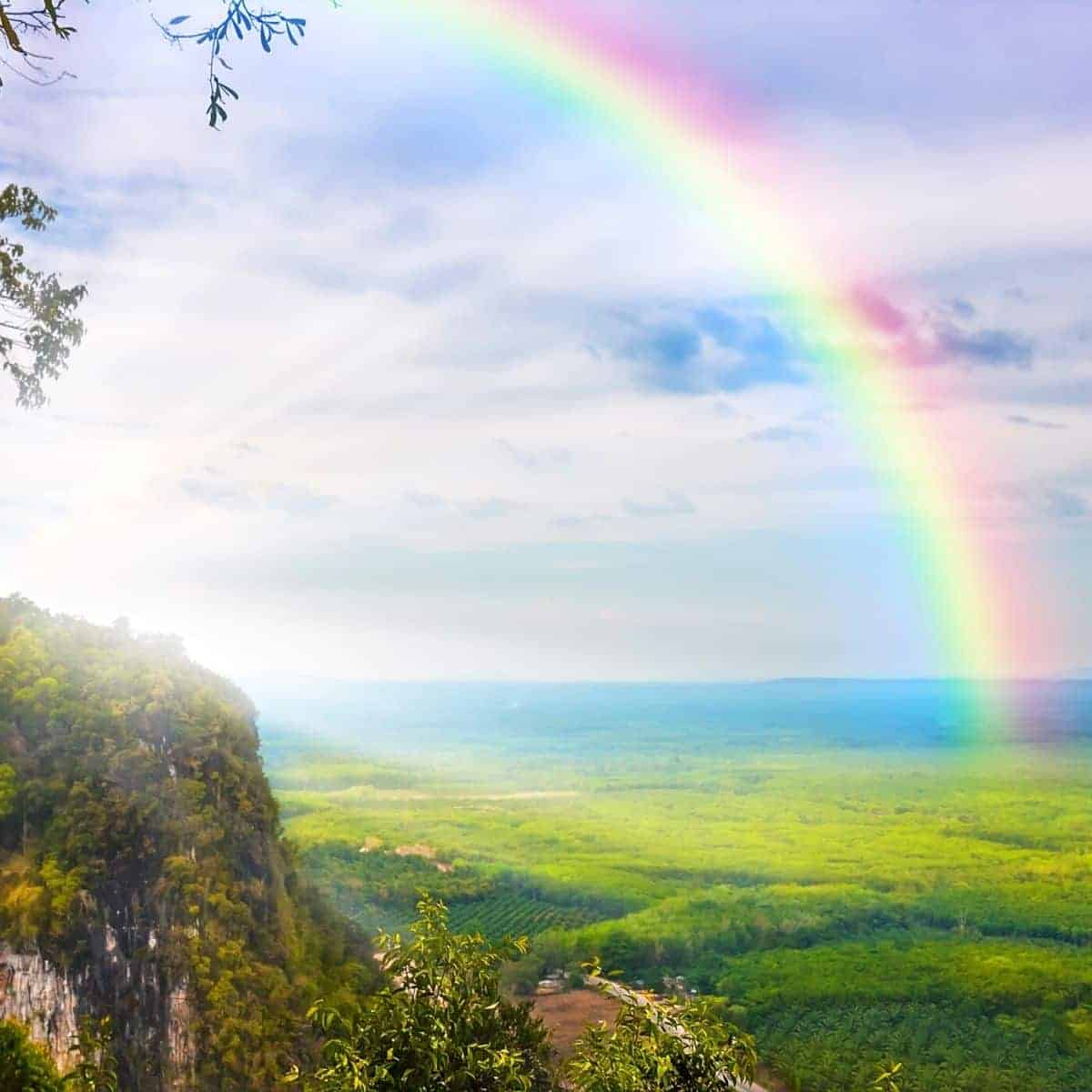
Related: How to shoot great portraits on your iPhone
While colors are important, there’s a proper way to use them. First, you must understand the emotions associated with different colors, how to pair colors, and know what to avoid.
Now that you know the importance of color in photography, learn about the emotions that colors create. Then, use it to enhance your photos.
Related: The difference between vibrance and saturation
How ROYGBIV affects emotions
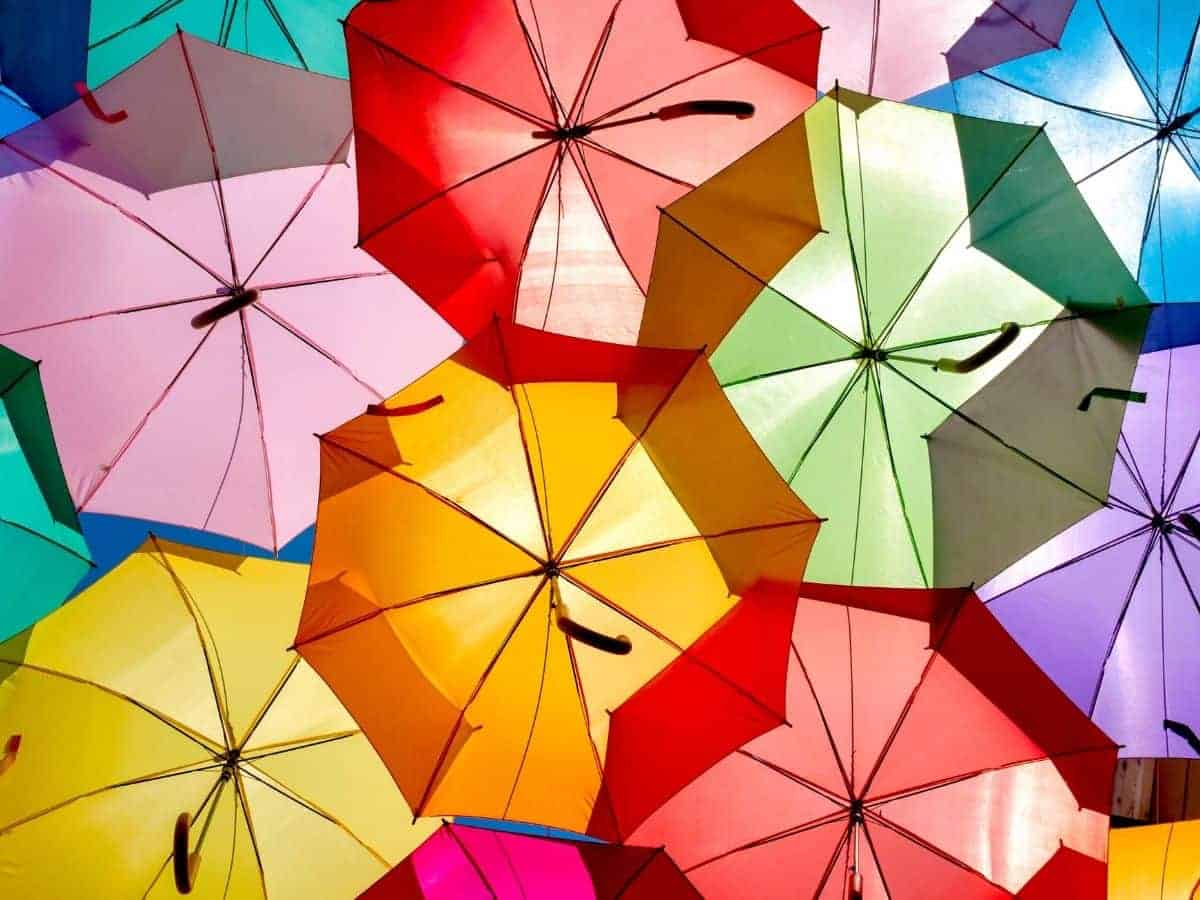
ROYGBIV stands for red, orange, yellow, green, blue, indigo, and violet. These are the colors that make up the rainbow.
The following explains the emotions that each color represents. You’ll also learn how and where to find the colors for your photos.
Related: How to take aesthetic photos
Red

Red is a warm color linked to emotions, such as passion, enthusiasm, love, anger, and power. It’s a dynamic color that requires careful use in photography, as it can easily overpower your images.
When you use it properly, red will help you create a striking photo. There are several ways to find and use red in a photo.
In portrait photography, your subject can wear red clothing and accessories. They can also wear red lipstick or nail polish. Keep in mind that a little red goes a long way. A viewer will be drawn to the source of the color.
In nature, the fall trees and leaves contain red. You can also find it in places like the red rocks of the Southwestern United States or a beautiful sunset.
Red is a powerful and exciting color. However, use it with caution, as it doesn’t take much to make an impact.
Related: What’s the difference between DPI and PPI?
Orange

Orange is between red and yellow and is also a warm color. It’s one of the most common colors found in nature, as you can find it in sunsets, plants, and signs.
Related: How to shoot golden hour portrait photography
Brown is related to orange, as it’s a darker hue. You can find brown almost everywhere.
Orange has several emotions connected to it, as it can be positive or negative. On the positive side, orange represents energy, happiness, joy, and creativity. It can also be associated with negative feelings, such as caution and arrogance.
Since you can interpret different emotions with orange, consider the goal before capturing an image.
Yellow
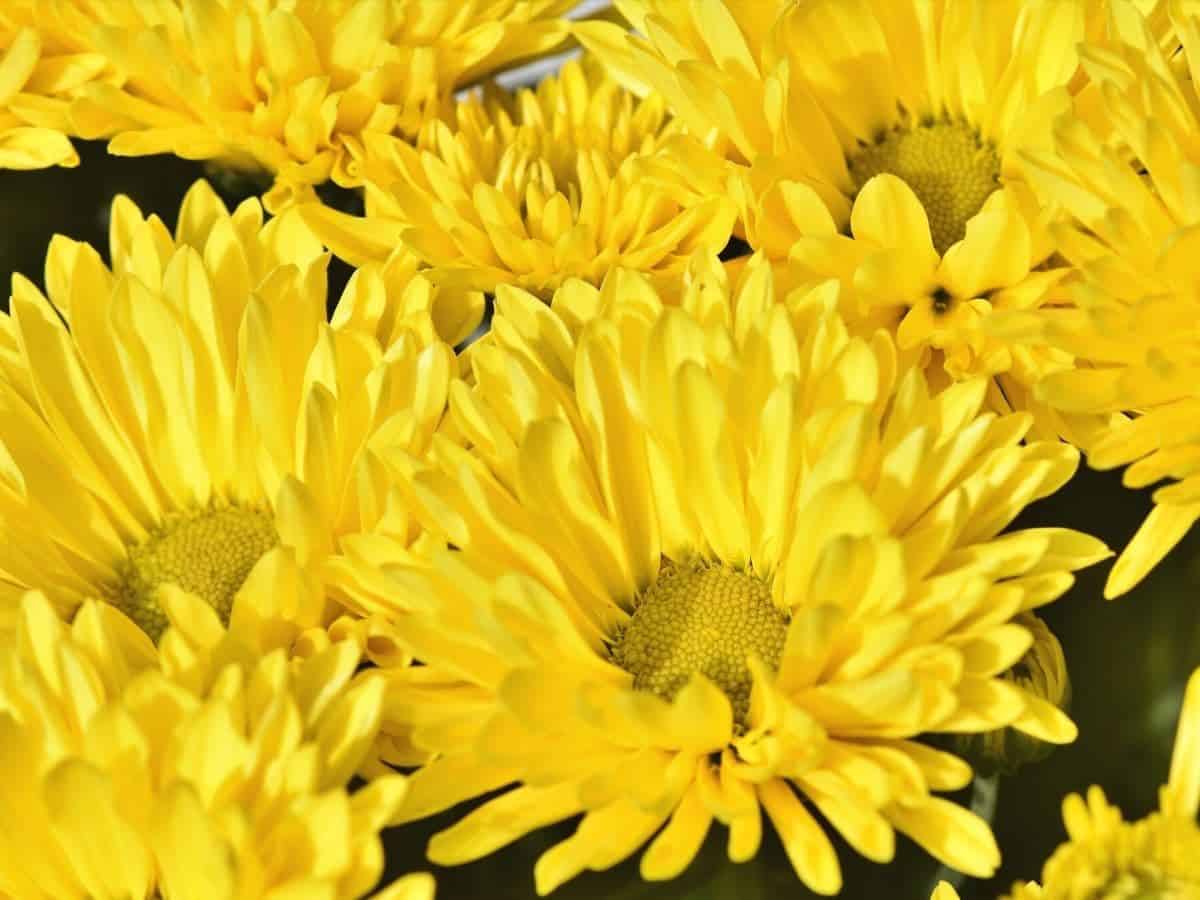
Yellow is another warm color. Compared to red and orange, it’s the brightest and most vibrant.
While yellow can be a happy, hopeful, and uplifting color, it can also represent deceit and caution.
Like orange, yellow can be perceived in different ways. So, be purposeful and use other elements to help you tell a story or evoke an emotion.
You can find yellow in clothing, on sunny days, and in nature.
Related: The sunny 16 rule
Green

Green is considered a cool color with several meanings. It’s comforting and often associated with nature and serenity. It’s also tied to money, wealth, and greed.
Also connected to green are the feelings of growth, renewal, and freshness. Out of all the cool colors, green is the warmest, which allows it to offer comforting feelings.
When you’re capturing photos, green is one of the most commonly found colors in nature. Aside from plants, you can find green in road signs, clothing, and traffic lights.
Blue

Blue is the most commonly found color in nature, as the sky and bodies of water are blue.
As a cool color, blue is associated with coldness and sadness. Additionally, it’s connected to trust, tranquility, and wisdom.
Compared to red, blue is more subdued and less distracting. You can use more of it in your photos without worrying about it being overwhelming.
Indigo

Indigo is a deep color between purple and blue. It offers a feeling of wisdom, fairness, authority, and devotion.
It’s a powerful color found in clothing, such as denim and water.
Violet
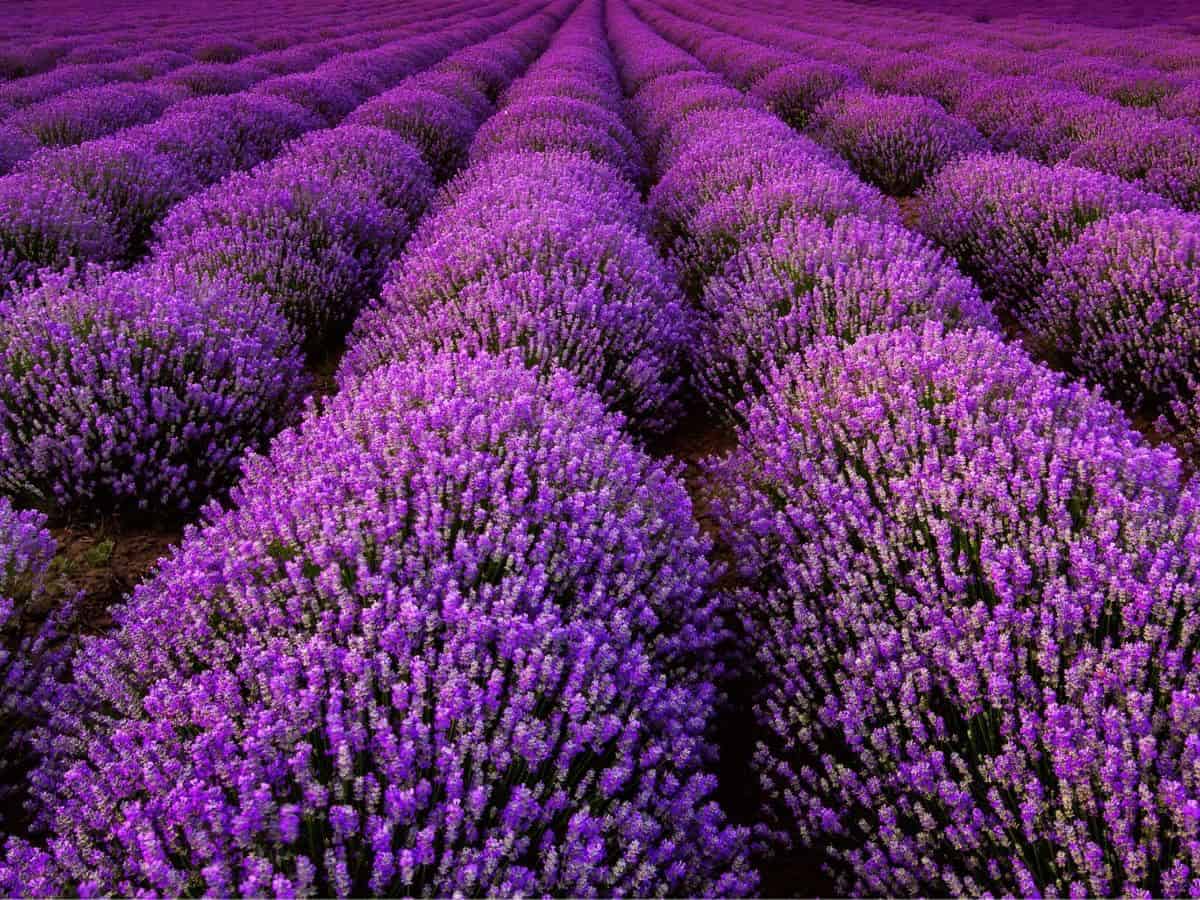
Violet is a close relative of the color purple, which is more reddish. The color violet evokes a sense of peace, power, royalty, luxury, and ambition.
It’s not as common to find violet. However, you can find it in plants, the water, and sunsets.
As a darker and cooler color, violet can be a subtle yet powerful way to enhance your images.
Variables of color
Color is referred to as being three-dimensional. Each color has many tones and shades. That’s why the three main variables of color are hue, saturation, and luminance or value, also known as HSL.
Hue is the color without tint or shade. It refers to the color family. For example, the hue of light green is green.
Saturation refers to the intensity of a color on a scale of 0 to 100. A lower saturation means that the color is closer to grey, while a higher saturation means it’ll be closer to the pure color.
Luminance or value refers to the brightness of a color. A lower value means it’s closer to black and a higher value means it’s closer to white.
Related: Understanding ISO in digital photography
Color theory

Color theory provides rules and guidelines about the visual effects of combining colors based on the color wheel. It explains how humans perceive colors.
Color harmony is a part of color theory, and it tells you the effects of color mixing, what colors match or contrast. You can use it to capture appealing images.
The following explains the different aspects of color theory and color harmony.
Color harmony rules
Color harmony rules begin with the color wheel. After selecting a base color, it helps you find pleasing color combinations. You use it to evoke a mood or emotion, which makes it a key tool.
When you have two or more different colors that complement each other, you have color harmony. The different color harmony rules are as follows.
Complementary
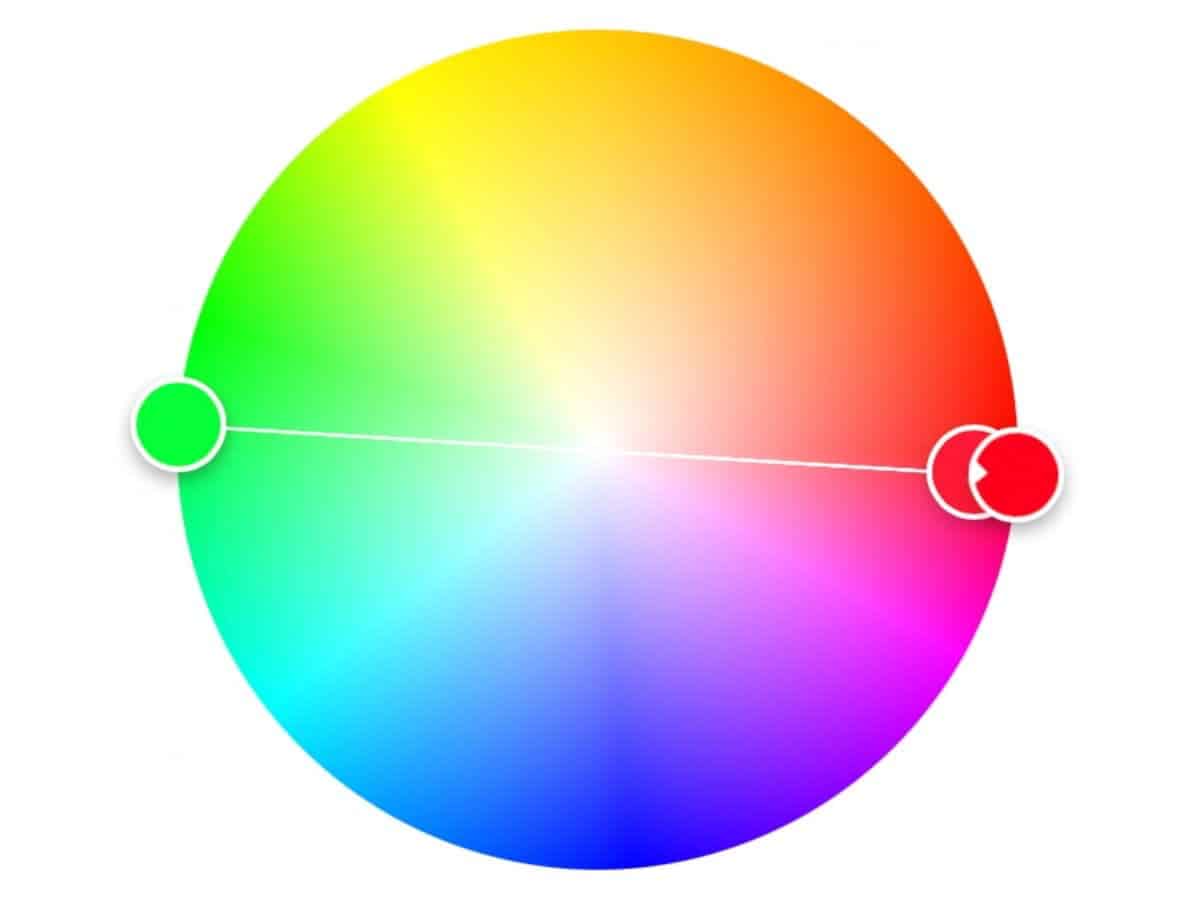
Within the different color harmony rules, complementary colors are the boldest and offer the most contrast because they’re opposites on the color wheel.
Green and red. Orange and teal. Purple and yellow. These are all examples of complementary colors.
Real-life examples of using complementary colors in photography are as follows:
- Blue water with an orange sunset.
- A portrait of a person wearing a red jacket surrounded by green trees.
- A brown bird soaring in the light blue sky.
Even with the strong contrast, the colors look good together. They balance each other and lead to visually appealing photos.
Monochromatic
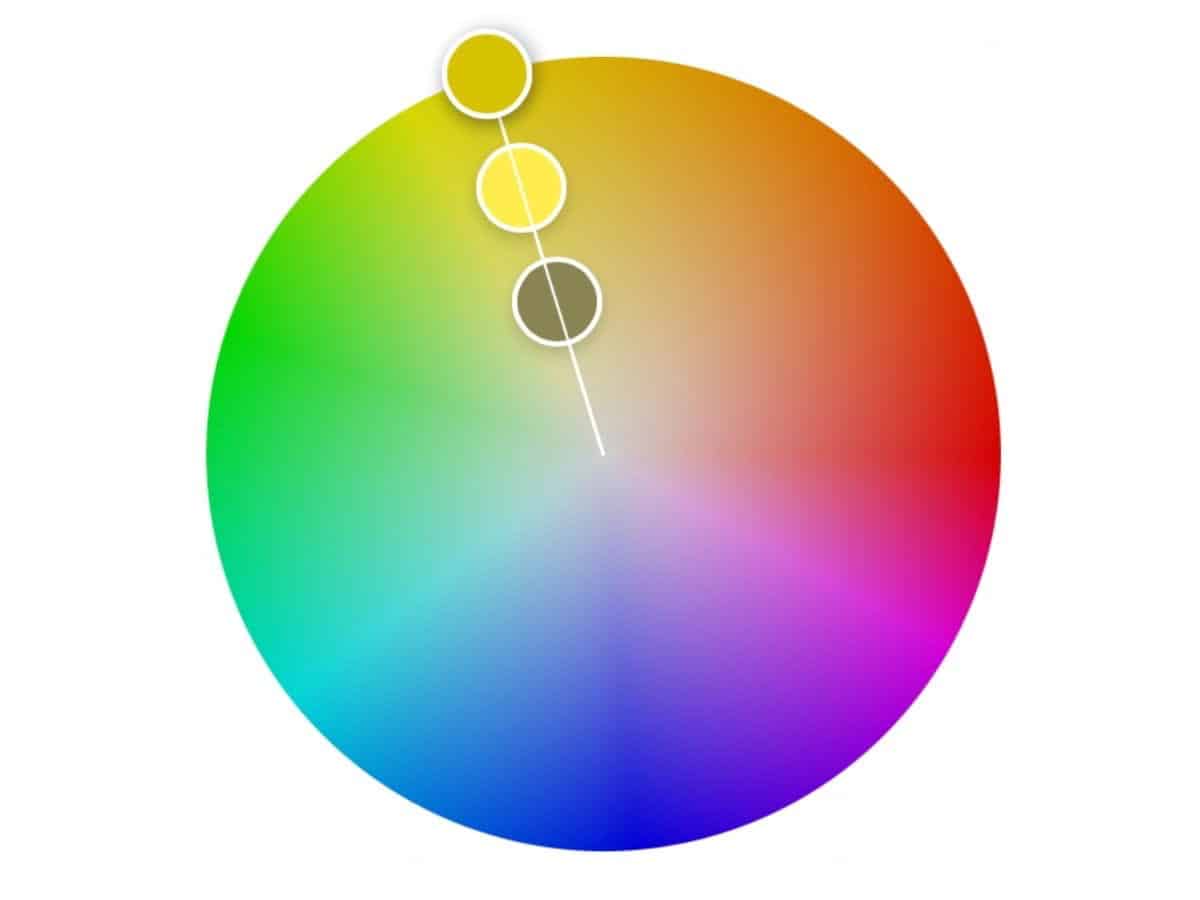
If complementary colors are the boldest, the most subtle are monochromatic colors. Instead of being on opposite sides of the color wheel, monochromatic colors are tints, tones, and shades of one hue.
Take red as an example. With the monochromatic color harmony rule, everything from light red to dark red will look good. Monochromatic colors are abundant in nature, as you’ll see many different shades of a single hue.
For example, trees are green. However, there are many tones and shades of green that you’ll see.
Monochromatic colors are subtle, yet they work together to create a great image.
Analogous
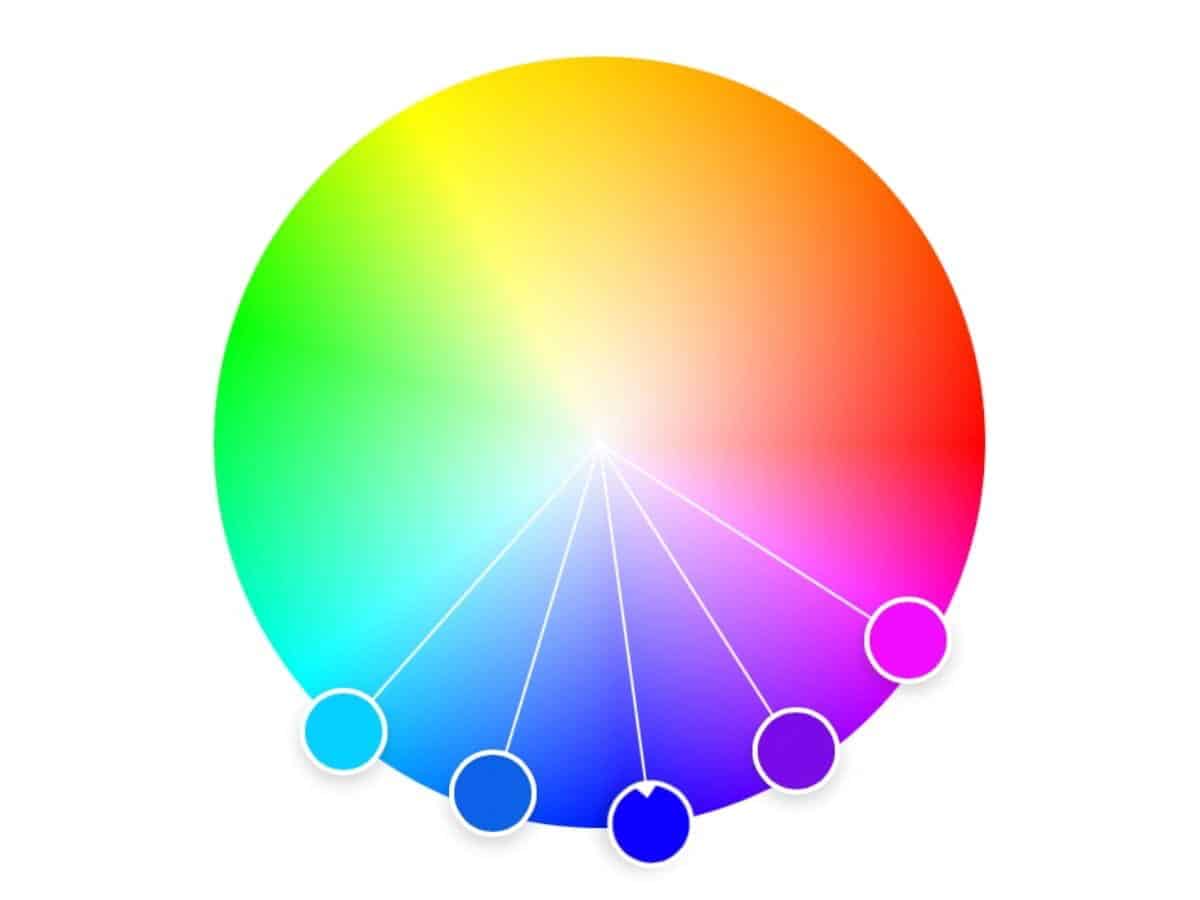
Analogous colors are next to each other on the color wheel. The combination isn’t as bold as complementary colors or subtle as monochromatic colors. It’s the perfect middle ground.
To apply the analogous color harmony rule, select a base color. Then, the rule states that the colors on both sides will look good with it.
For example, orange and purple pair well with a base color of red. If the base color is green, blue, and yellow will look good.
Triad
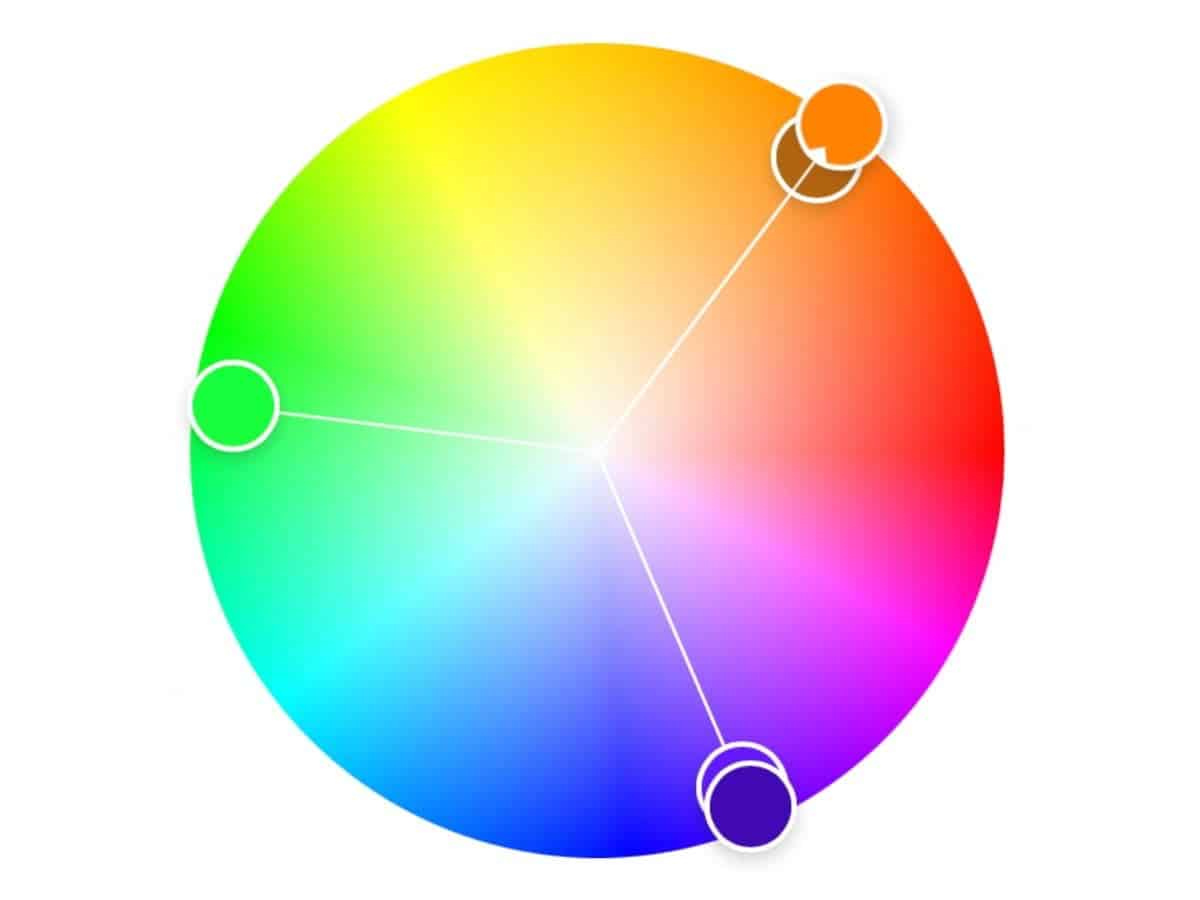
The triadic color scheme uses three evenly spaced colors around the color wheel.
Examples include blue, green, and orange, along with yellow, light blue, and red.
Like complementary colors, triadic colors are bold and will stand out. When used well, it’ll make your photo look artistic, colorful, and pleasing to the eye.
Warm and cool colors
Purposefully using warm and cool colors will help you capture captivating photos. Warm colors include red, orange, and yellow, while cool colors are green, blue, and purple.
With some color harmony rules, such as complementary or triadic, you can’t focus on one feeling of warmth or coolness. However, you can do it with analogous or monochromatic colors.
Warm colors provide a feeling of warmth because it reminds you of the sun or fire. Cool colors remind you of grass or water, which provides a cool feeling.
Understanding the feeling that a warm or cool color can evoke helps you tell a story with your images.
Related: What is lens flare?
Tips for using color
From the technical or scientific aspect of colors to the artistic side, it can be overwhelming. The world of color photography can be vibrant or subtle. It depends on how you use the colors.
The following are tips to help you implement the color theory guidelines and take interesting and appealing photos.
Break the rules
Photography is an art. While there are rules and guidelines, you can break them. It’s important to be creative and explore different uses and combinations of colors.
Related: 20 inspiring photography quotes
You may find a pattern or combination that goes against the color theory guidelines but looks incredible to you.
If that happens, remember that it’s a good thing. It’s also a part of finding your photography style. It can help you stand out and makes your work distinguishable.
So, don’t be afraid to break the rules, but do keep them in mind.
Choose a dominant color
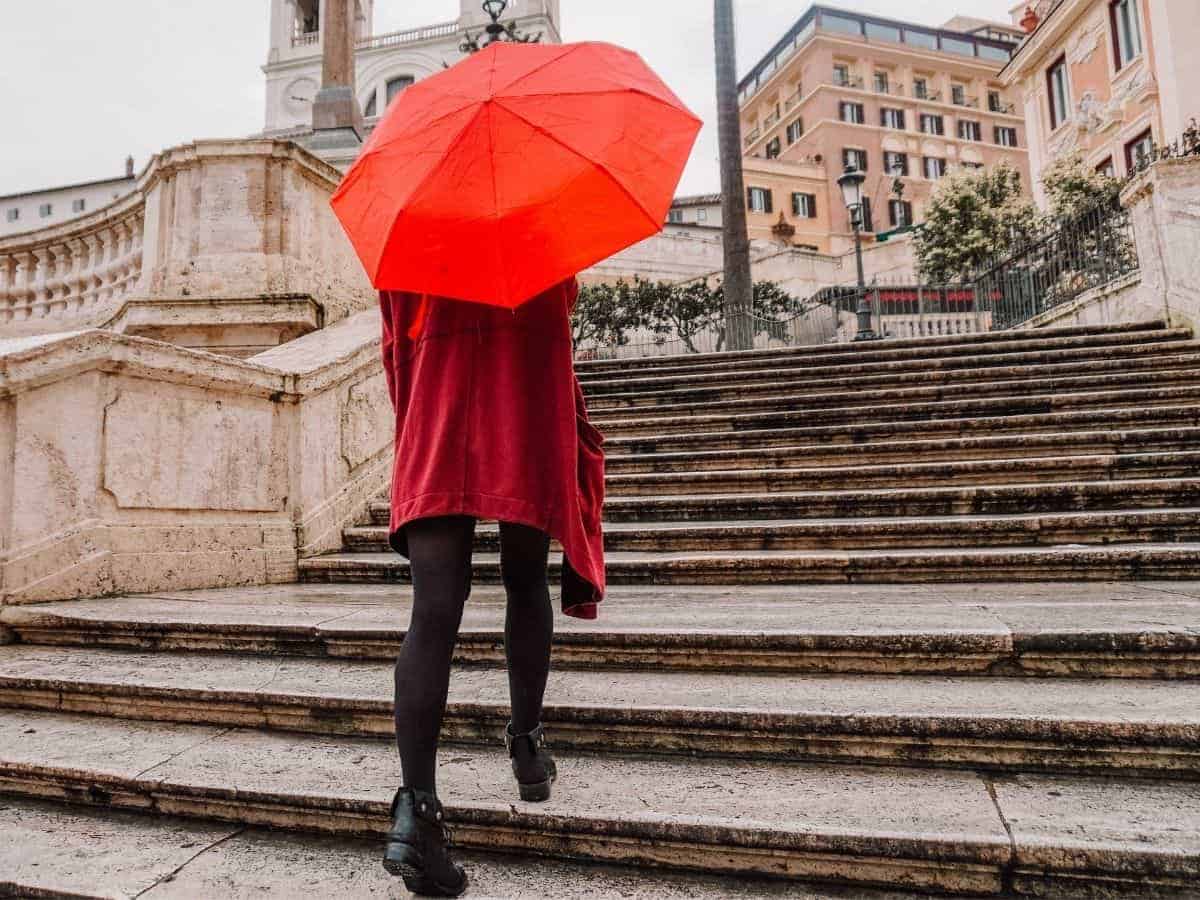
In color theory, you always start with a base color. Depending on the emotions you want to evoke, you can make the base color the main focus.
Related: Forced perspective: 7 tips and ideas
It’s known as choosing a dominant color or capturing an image with a pop of color. The dominant color is the main color of the image and catches a viewer’s eyes.
The pop of color you select for your image can be the clothing your subject’s wearing, a background, or something like trees in a landscape photo.
If you select a primary color, such as red, blue, or yellow, it’ll have a stronger effect than a more subtle color.
Related: What’s texture in photography?
White balance
White balance is an important part of photography and color. By adjusting the white balance, you can ensure that the colors look natural out of the camera.
Related: Understanding white balance in photography
If you forget to set the white balance in your camera, you can fix it in editing software, like Lightroom. It’s powerful because it can make your image look warmer or cooler.
Time, weather, and environment

If you’re taking photos outdoors, the time of day, weather, and surrounding environment play a key role in the outcome of colors.
Whether you’re photographing portraits, cityscapes, or landscapes, be aware of the colors and moods that these elements produce.
For example, a cloudy day will make your images look cooler and duller than a colorful and saturated sunset. Also, the environment matters.
Related: How to take environmental portraits
Think about photographing portraits of a person wearing all leather and sitting on a motorcycle. Is it better to choose a location, such as a city or a grass field? The city, right?
The time, weather, and environment will greatly impact your photo. So, be intentional.
Edit colors in post-processing
In post-processing, you can enhance or alter colors. Use the HSL (hue, saturation, and luminance) sliders to apply what you’ve learned about color theory.
Related: 5 best photo editing software
When you’re editing, it’s easy to go overboard. So, compare the edits you made with the original image. It’ll help you keep your image realistic and not overedited.
Conclusion
When you’re taking photos, be purposeful with the colors in the frame. Whether it’s the clothing on your subject or the color of outdoor elements in a landscape photo, show colors that’ll help you portray the emotions you want to evoke.
It’ll make your image more powerful and be visually appealing to viewers. The understanding of how colors affect an image will help you become a better photographer.
If you want to try different color combinations without pulling out your camera, Adobe’s color wheel is an excellent tool for practice.
Featured image courtesy of Canva.

